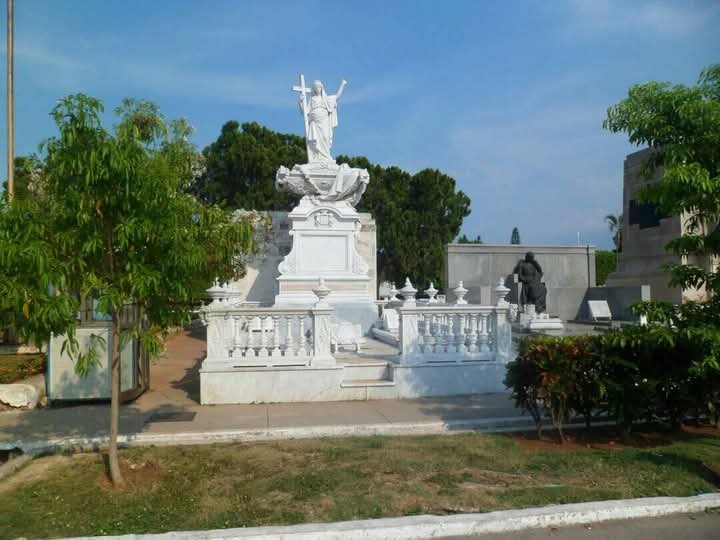
Mientras recorría las amplias calles interiores del Cementerio Colón en La Habana, me pregunté ¿Cómo puede parecerme atractivo un cementerio?.
Deslumbrada por las majestuosas esculturas quise compartir con ustedes la grandeza de este espacio, la belleza de la teanscendencia
Estaba impresionada porque allí descansan los restos de Alejo Carpentier, José Raúl Capablanca, Eliseo Diego, Dulce María Loynaz, José Lezama Lima entre muchas otras personalidades a las que he admirado.
Me detuve a mirar cada cruz. La cruz entraña un misterio que me atrapa. De niña me llamaban la atención las cruces a las orillas del camino, en mi mente habitaban imágenes incongruentes, para mí los cuerpos descansaban en el mismo pedazo de tierra donde sucedió el accidente.
En Cuba van disminuyendo y desapareciendo los recordatorios de accidentes mortales en viales, no es menos cierto que en la época precolombina se les daba sepultura donde acontecía el fallecimiento, ya en la etapa colonial se realizaban también en áreas aledañas a las iglesias, costumbre que se modificó con la urbanización y trazado de las ciudades, contemplando arquitecturas para enterramientos.
La cruz es un elemento simbólico coincidiendo con el arraigo del cristianismo pues se creía, esta debía estar donde el alma se entregaba a Jesucristo.

Algunos países con culturas más desarrolladas, como Francia, también tuvieron este precedente aunque en la actualidad hacen homenajes en el lugar de la muerte con flores, fotos, velas, peluches, pero solo en los días del luto.
El imaginario popular hizo de estos sitios, místicos escenarios. El tránsito por los caminos y carreteras, a oscuras, eran evitados hasta por los hombres valientes.
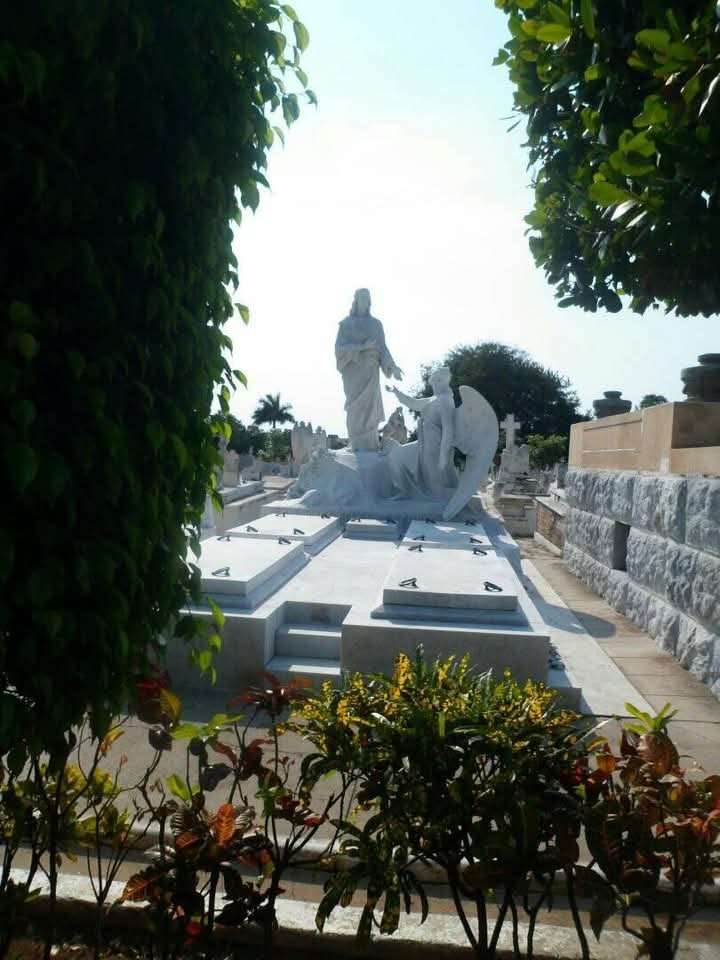
Más de uno corrió ante la presencia de una lucesita, una voz, ruido o gémido.
Los espacios para el descanso y tributos de los muertos son sagrados, la tierra destinada para ello no ha de ser sino la indicada. Conozco demarcaciones para cementerios donde nunca se ha sepultado un cuerpo, sin embargo kilómetros más alante se ha materializado.
La concepción y trazado de los cementerios es de las arquitecturas más representativas de la cultura de cada sociedad, por ejemplo los países apegados a la tradición cristiana añaden a la sepultura elementos artísticos y crucifijos que acompañan a los seres en su recorrido hacia la otra vida.
En México con esa mezcla cultural propia de la colonización española, pero donde prima la originaria, los cementerios son espacios donde además se le rinde tributo a los muertos con los panteones muy adornados y la celebración del Día de los muertos, ya convertido en Patrimonio Cultural Inmaterial de la Humanidad.
Mientras la haitiana, alimentadas por la creencia Vudú, estructuran las tumbas con austeridad y el enterramiento conlleva un ritual.
La mística y tradición popular (quizás es redundancia), nació con el hombre. La cultura sobre la muerte va aparejada a la propia existencia.
Voy curioseando cada tramo del Cementerio Colón, fundada en 1876 y con el mismo respeto me persigno, con los recuerdos y anécdotas alojados en la memoria.
Y los dejo con estas obras
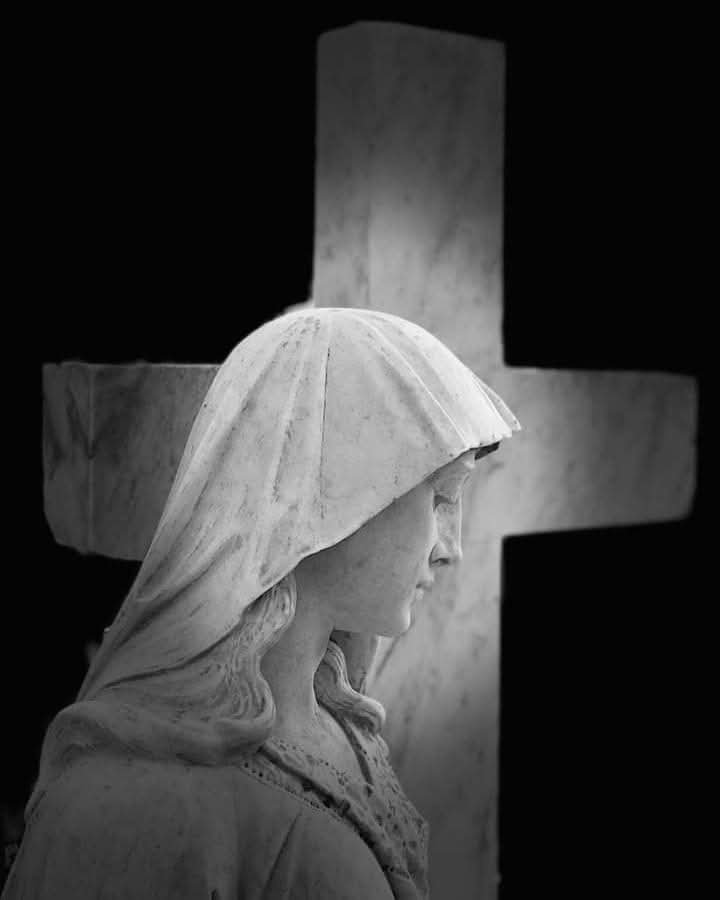
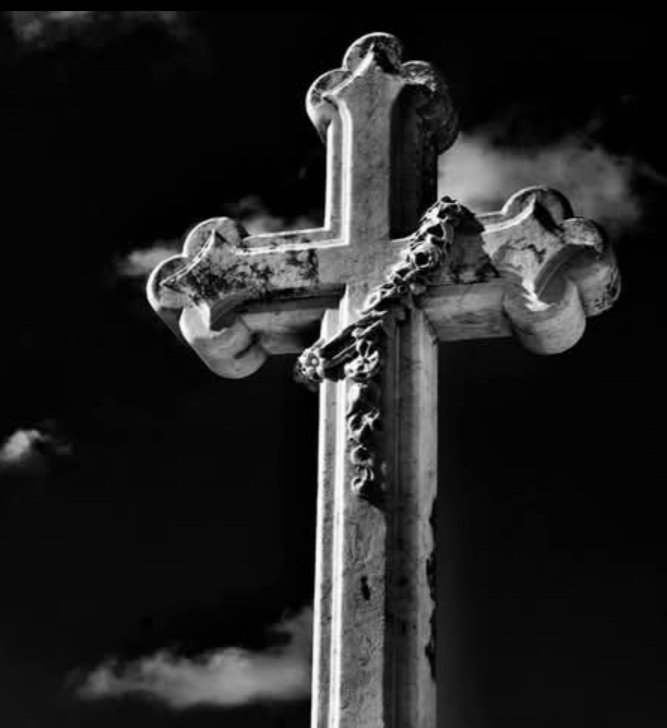
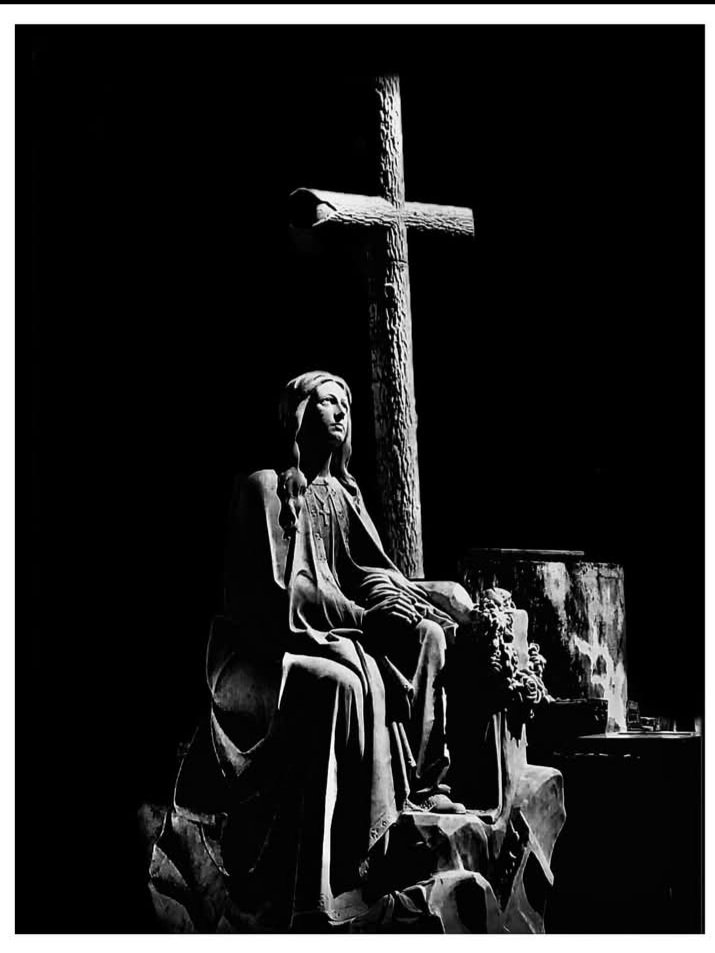
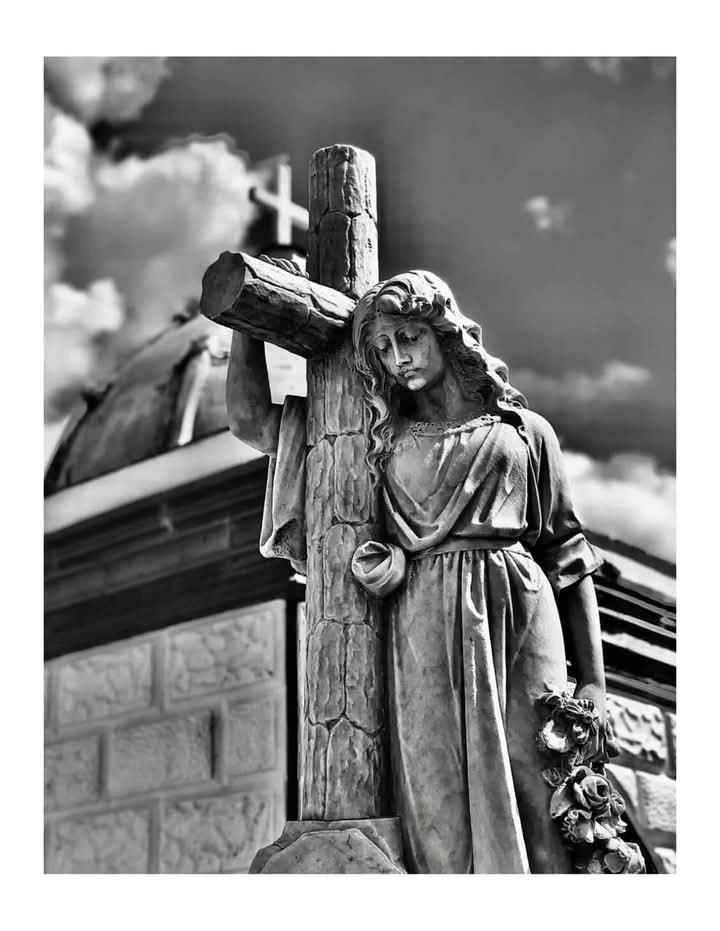
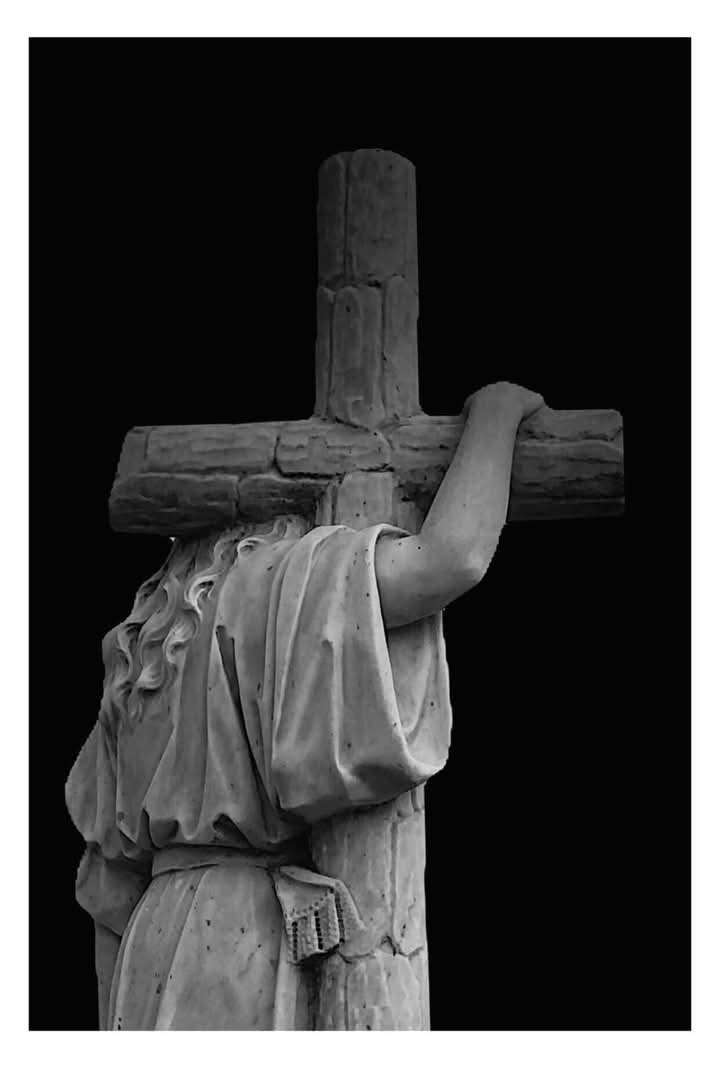
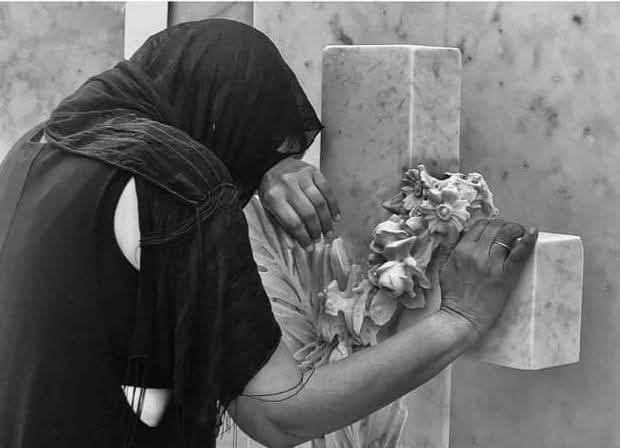
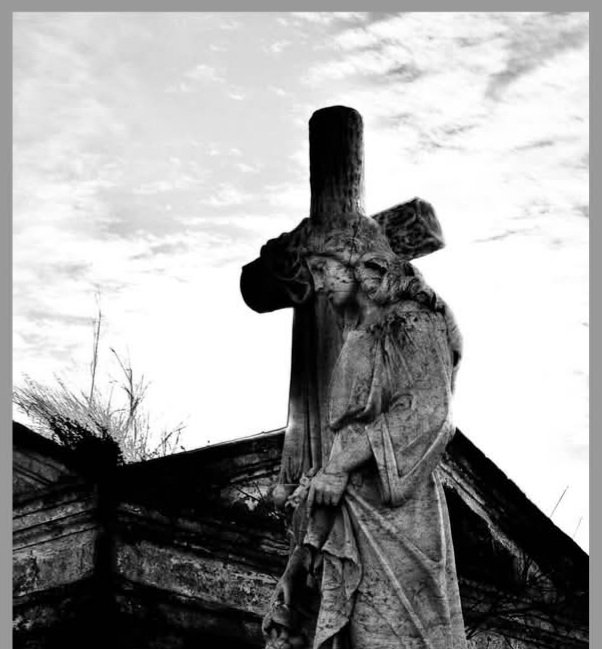
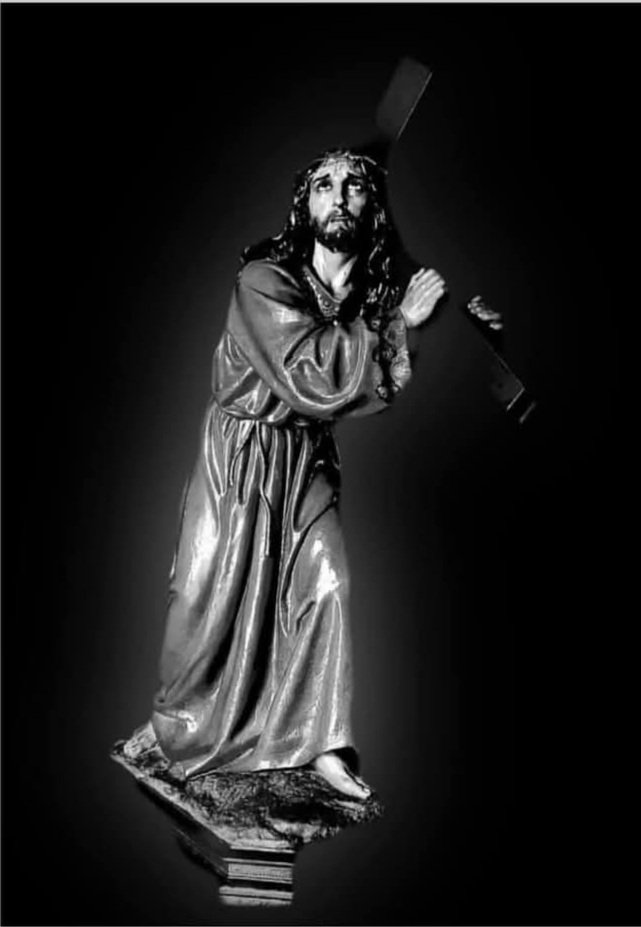
El texto es realizado por mi, libre de AI. Las primeras fotografías son de mi propiedad y el resto pertenecen al artista Adonis Acosta
A cross on the road, the beauty of theancestry

As I walked through the wide interior streets of the Colón Cemetery in Havana, I asked myself: How can a cemetery seem attractive to me? Dazzled by the majestic sculptures, I wanted to share with you the greatness of this space. the beauty of theancestry.
I was impressed because the remains of Alejo Carpentier, José Raúl Capablanca, Eliseo Diego, Dulce María Loynaz, José Lezama Lima among many other personalities that I have admired rest there.
I stopped to look at each cross. The cross entails a mystery that catches me. As a child, the crosses on the banks of the road caught my attention, incongruous images lived in my mind, for me the bodies rested on the same piece of land where the accident happened.
In Cuba, reminders of fatal accidents on roads are decreasing and disappearing. It is no less true that in pre-Columbian times they were buried where death occurred; already in the colonial period they were also carried out in areas surrounding churches, a custom that was It modified with the urbanization and layout of the cities, contemplating architectures for burials. The cross is a symbolic element coinciding with the roots of Christianity because it was believed that it should be where the soul was given to Jesus Christ.

Some countries with more developed cultures, such as France, also had this precedent although currently they pay tributes at the place of death with flowers, photos, candles, stuffed animals, but only on days of mourning. The popular imagination made these places mystical settings. Traffic on the roads and highways, in the dark, was avoided even by brave men.

More than one ran in the presence of a light, a voice, noise or moan. The spaces for the rest and tributes of the dead are sacred, the land designated for this must only be the indicated one.
I know demarcations for cemeteries where a body has never been buried, however kilometers further away it has materialized. The conception and layout of cemeteries is one of the most representative architectures of the culture of each society.
For example, countries attached to the Christian tradition add artistic elements and crucifixes to the grave that accompany beings on their journey to the afterlife.
In Mexico, with that cultural mix typical of Spanish colonization, but where the original takes precedence, the cemeteries are spaces where tribute is also paid to the dead with highly decorated pantheons and the celebration of the Day of the Dead, already converted into Cultural Heritage. Intangible of Humanity.
While the Haitian, fed by the Voodoo belief, structure the tombs with austerity and the burial involves a ritual. Popular mysticism and tradition (perhaps it is redundancy) was born with man. The culture of death goes hand in hand with existence itself. I am exploring each section of the Colón Cemetery, founded in 1876 and with the same respect I cross myself, with memories and anecdotes lodged in memory.
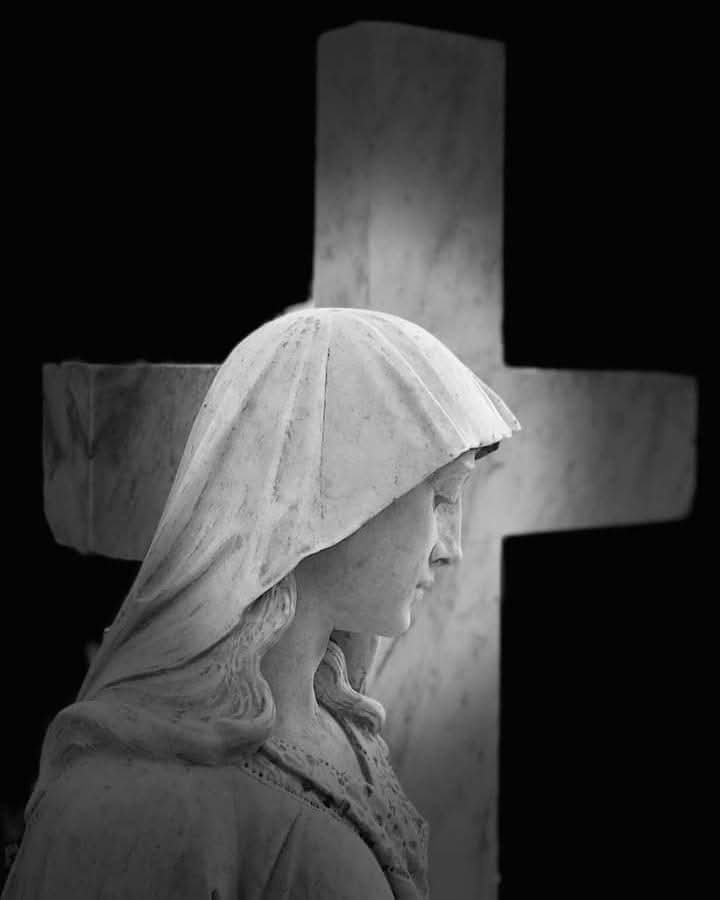
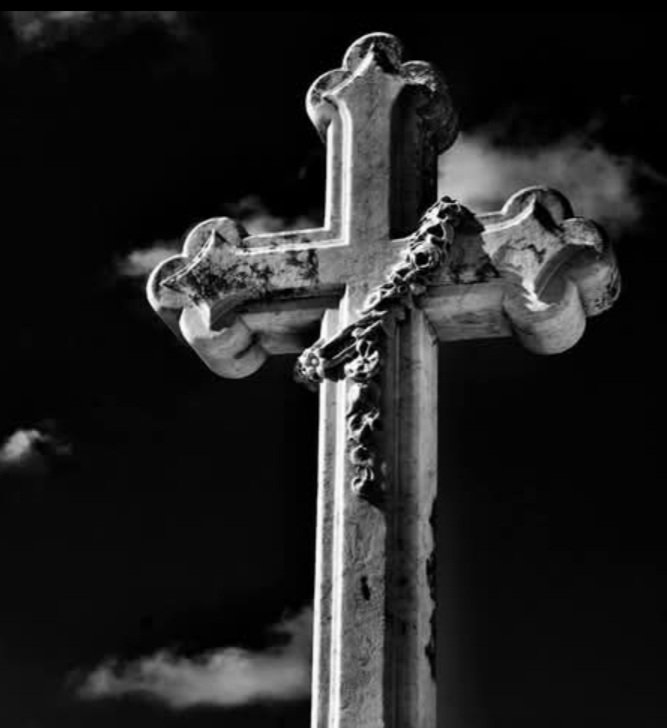
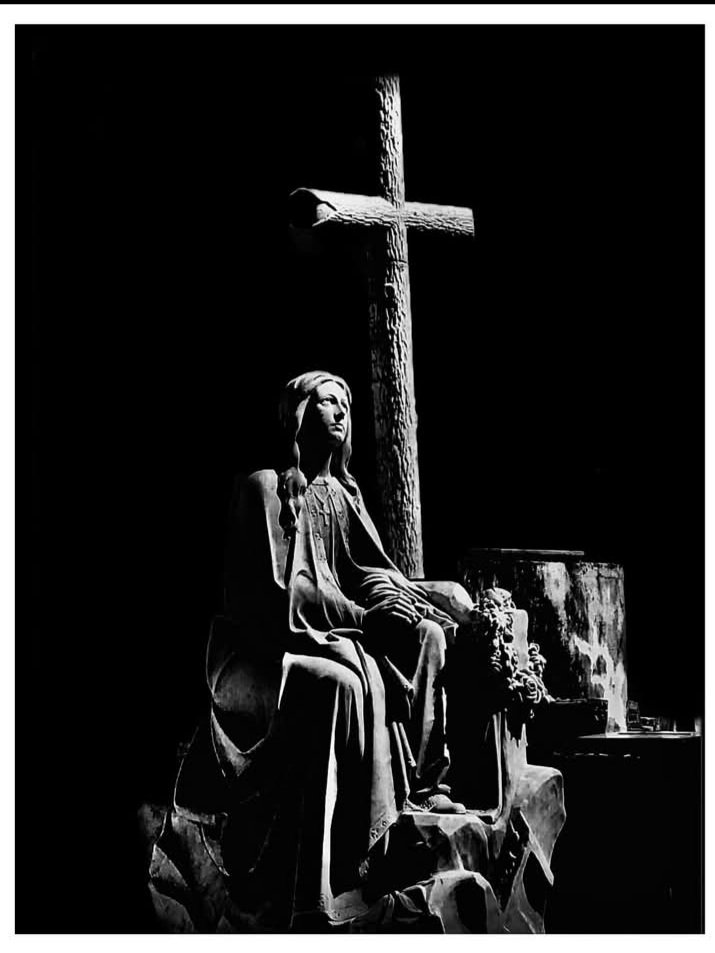
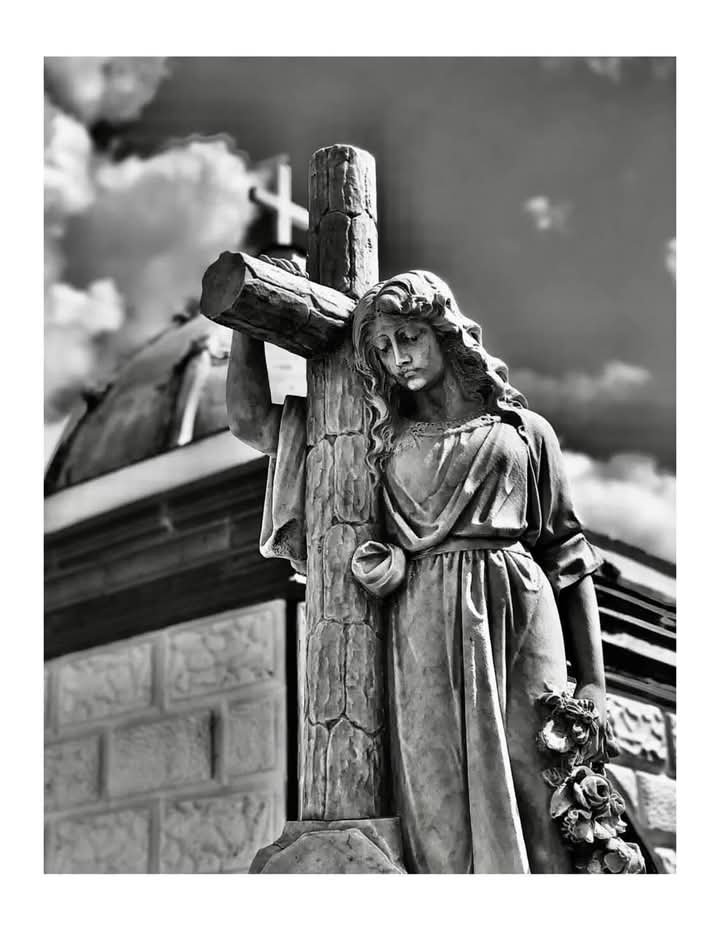
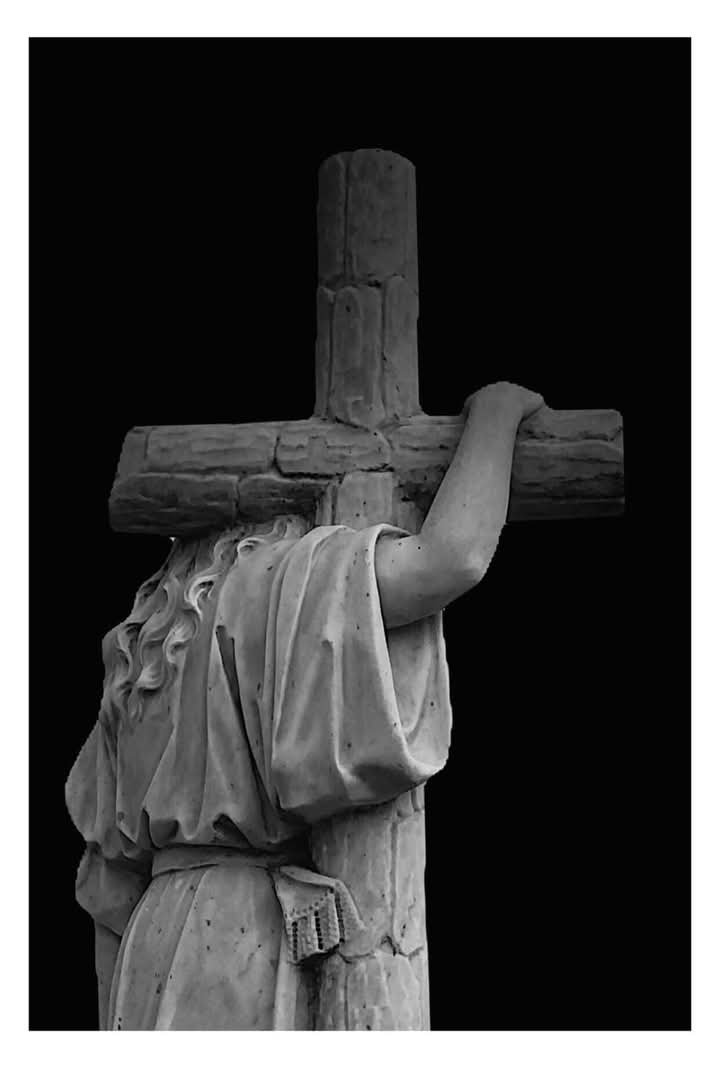
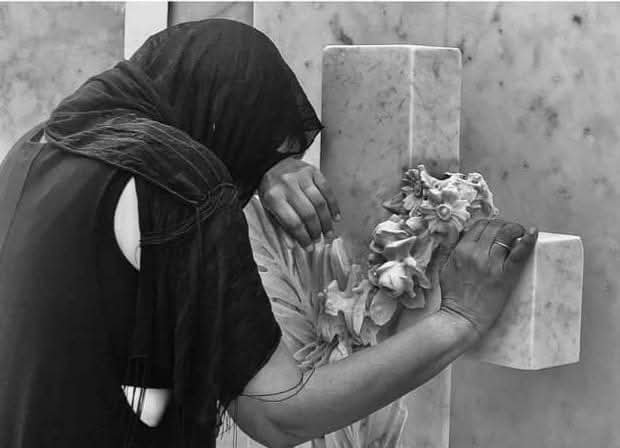
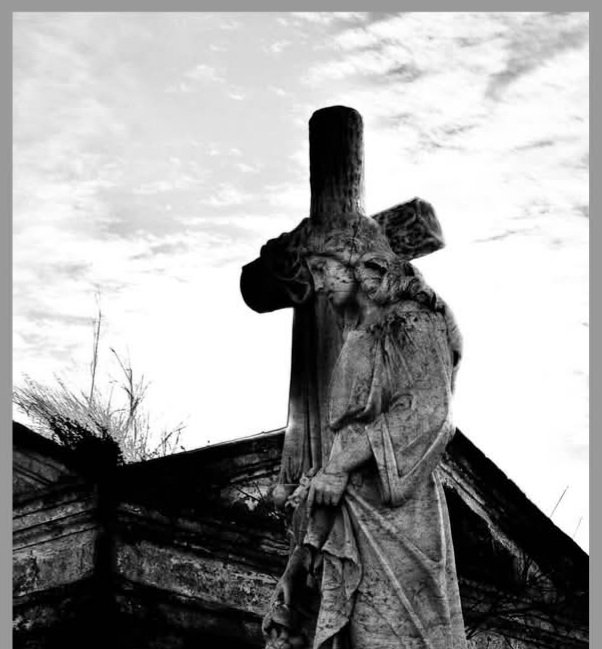
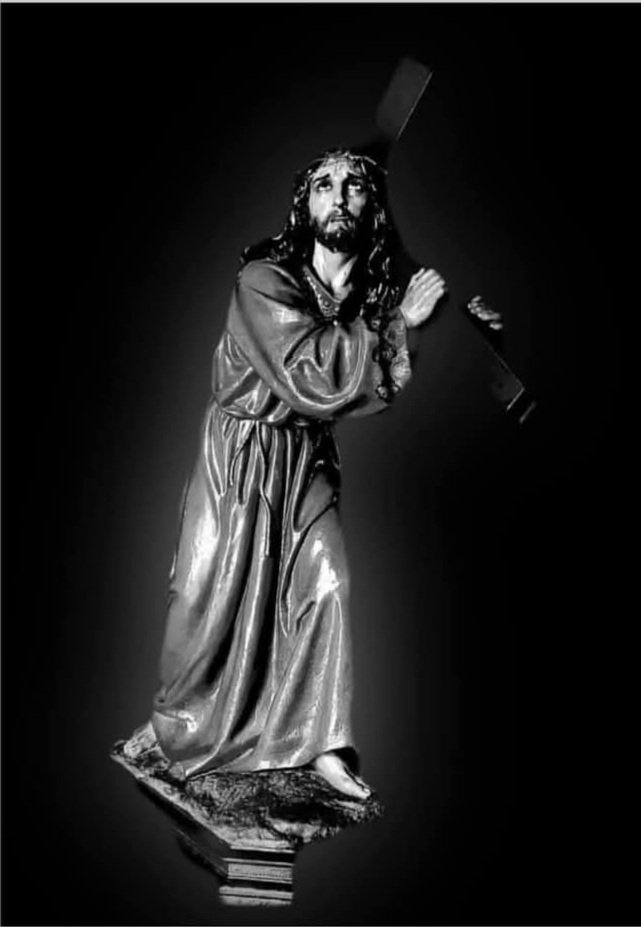
The text is made by me, free of AI. The first photographs are my property and the rest belong to the artist Adonis Acosta
You can check out this post and your own profile on the map. Be part of the Worldmappin Community and join our Discord Channel to get in touch with other travelers, ask questions or just be updated on our latest features.
Congratulations @iriswrite! You have completed the following achievement on the Hive blockchain And have been rewarded with New badge(s)
Your next target is to reach 70 posts.
You can view your badges on your board and compare yourself to others in the Ranking
If you no longer want to receive notifications, reply to this comment with the word
STOP